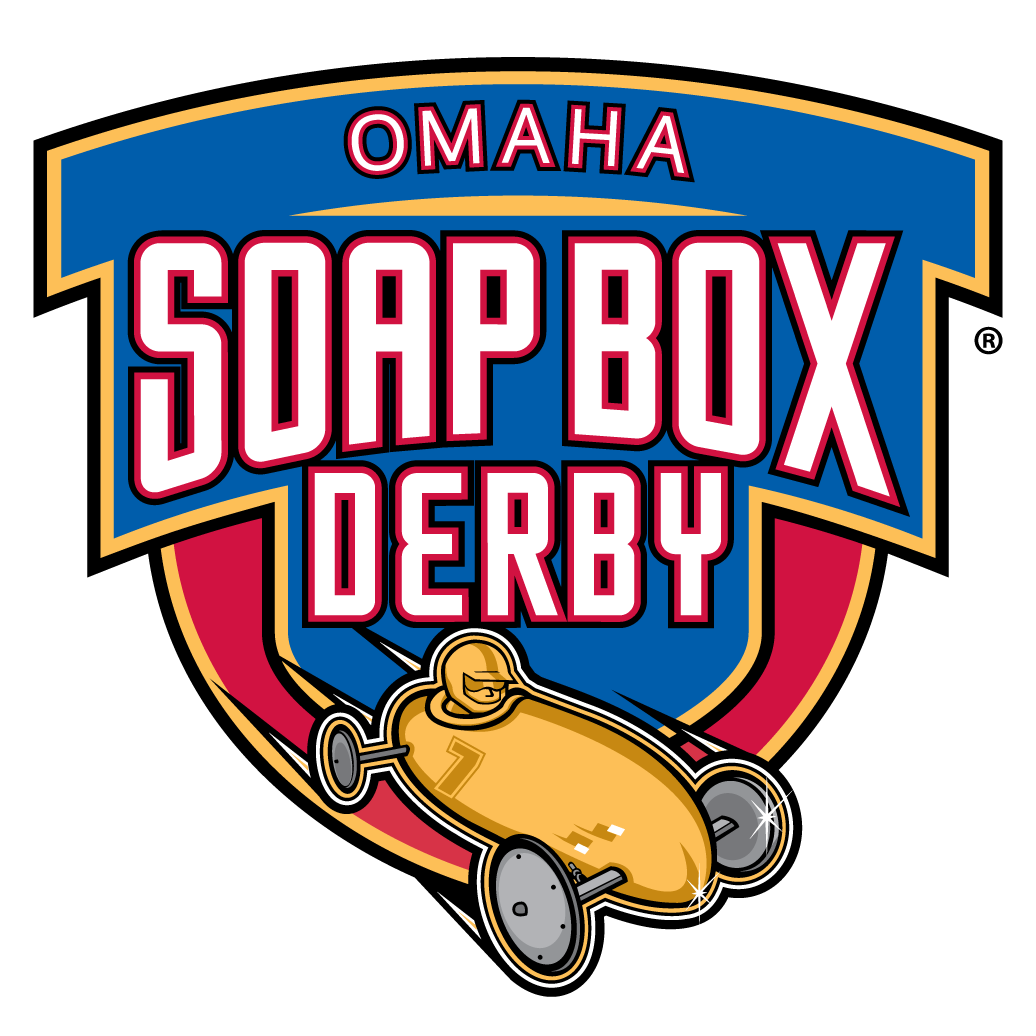Nebraska and Omaha have a rich history with the derby. Omaha was one of the original race cities in 1934. The first All-American Soapbox Derby Race was held in Dayton Ohio. Robert Turner of Muncie Indiana won the very first race. Jack Furstenburg of Omaha, Nebraska took third.
Following is the Omaha Bee-News account of Jack's finish:
"Jack Furstenburg finished third in the All-American Soapbox Derby Sunday in Dayton, Ohio beaten by his own racer. The deluxe streamline car which Jack built was just too good. So much better than the 35 other cars entered that the judges gave him a six-second handicap which cost him the race. Jack lost, but the 15-year-old entrant sponsored by the Omaha Bee-News carrying the hopes of his home town, won just about everything else, including the hearts of the 48,000 persons who lived in Burkhardt Hill to view the race. It was the best car entered in the derby and as proof of this and as tribute to Jack's fine workmanship he will bring home the Charles F. Kettering trophy for the best designed and constructed car. His car was also judged the fastest on the track, this causing his insurmountable handicap in the finals. Jack's average speed over the course was 24.12 miles per hour. The racer reached top speed of 47 miles per hour down the hill. His best time in the four heats (fastest of the day) was 51.06 seconds for the three-eighths mile course."
Jack did return to Akron as the Omaha champ in 1935 but failed to place.
Since that first race, 67 All-American races have followed, except for the war years. The first twelve years of the derby produced six Nebraska drivers who placed in the top 9. In 1938, Robert Berger of Nebraska City was the first of only two Nebraskans to win the All-American Soapbox Derby. In 1939, Mason Cobert took third place in Akron. He also was from Nebraska City but raced in North Platte because he didn't want to race the Berger brothers in Omaha. The Berger brothers won the two previous years in Omaha. John Porter of North Platte followed in Colbert's shoes in 1940 and placed fifth. In 1946 Jerry Aulick of Scottsbluff finished in fifth place followed by Tommy Navrkal of Nebraska City. Those six had a lot in common with the Bergers and Colberts. In some past conversations with Furstenburg and Colbert they revealed that their car had great suspensions and great wheels.
From 1949 to 1966 Nebraska was in a 17-year drought.
In 1967 a young man from Lincoln walked away with first place. Ken Cline, with a car nicknamed “The Grasshopper,” put Nebraska back in the winner’s circle. Ken's car was not your normal looking car, but the start of a major change in designs. Everyone looked at the odd shape of the car, but what they did not see at first was the short wheel base. In 1966, a car from Midland, Texas placed third, and it also had a short wheelbase. Ken moved to Lincoln from Midland the year before.
Fifteen years passed before Mike Lynch, representing the Bellevue Soapbox Derby, took fourth place in the Kit Division in 1982. Since then, 14 more Nebraskans have claimed the top nine places at Akron.
Nebraska did have a first place in the Rally Division in 1995 when Aaron Hoffman won the Super Stock Division the first year wild cards competed in a separate race.
Seven cities in Nebraska have held local races: Omaha, North Platte, Nebraska City, Norfolk, Sidney, Lincoln, and Ogallala. Only Omaha and Ogallala currently hold races. Omaha was one of the original 35 race cities in the U.S. and ran continuously from 1934 to 1966. Omaha local races resumed in 1979, and the track was moved to Seymour Smith Park in 1988. Scottsbluff ran from 1939 to 1977. Lincoln ran from 1965 to 1975, and Norfolk from 1959 to 1971.
